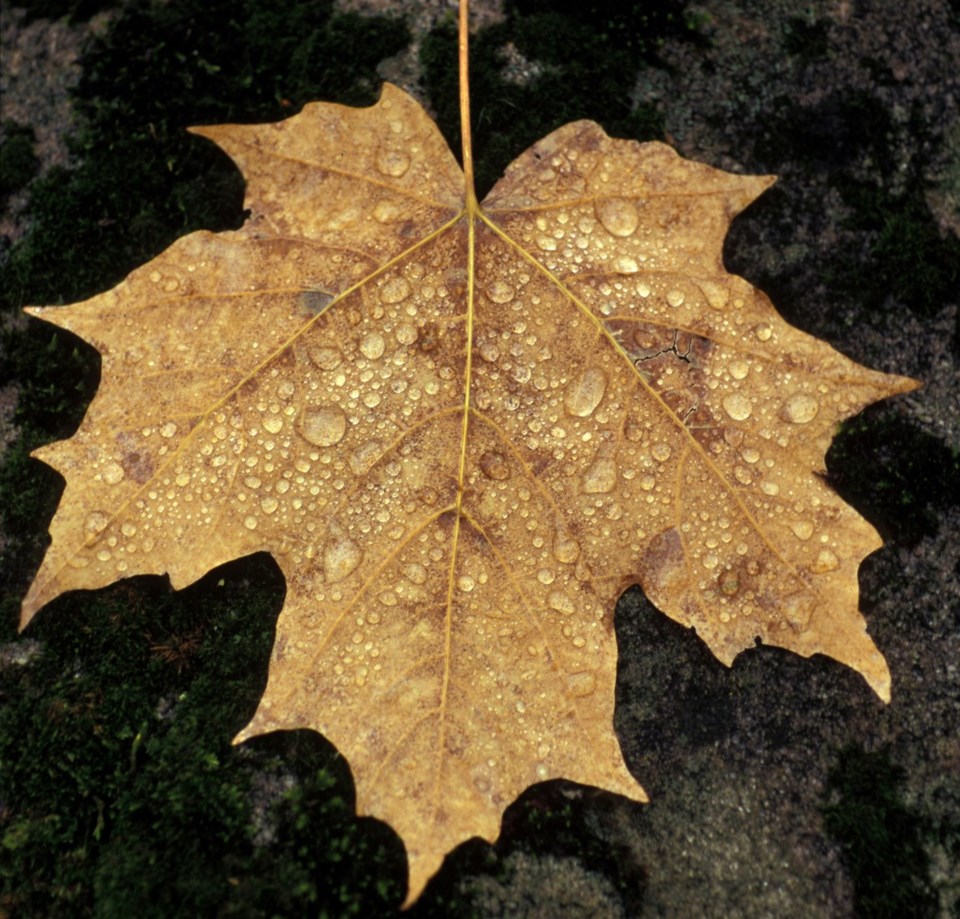Autumn is for artists.
During this season, hundreds of people will travel thousands of kilometres along our scenic back roads, searching for inspiration, hoping to capture at least a small piece of Nature's beauty. Of course you don't have to be a practising artist to enjoy this riot of colour; anyone, indeed everyone, can stop a moment and appreciate the finery of the season.
All four seasons provide sights to inspire creative efforts, but autumn has just the right blend of colour, weather and that all-important 'mood'. The subtle yet pleasing earthen hues are everywhere, accented by a splash of crimson maple, aster blue and seed-pod white.
The range of media that artists use is quite wide and autumn has been portrayed in everything from metal, wood and clay to oils, acrylics and cloth. Artists express themselves in whatever manner they can, sometimes with that creative flow released through the artistic forms of dance, writing or music.
However, not every attempt at duplicating or capturing nature works as well as the artist hopes. Many times 'something' is lacking, and the work remains unfinished or hidden from public view. Yet there are also the times when everything does click, and the result may astound even the creator of the piece.
Marc Chagall, a Russian artist, once commented, "When I judge art, I take my painting and put it next to a God-made object like a flower or tree. If it clashes, it is not art."
Nature is a good standard to measure one's success, as in truth all art is nature based.
At a recent art auction I attended, most of the work submitted had the subject as being a natural object. Of the remaining works, people were illustrated skating, walking, fishing or working in the out of doors. Styles ranged from tight realism to very loose expressionism, yet all displayed the artist's point of view, which was nature.
Offered as a counterpoint to Mr. Chagall's earlier statement, is a comment made by H.L. Mencken, an American critic and author. "The true function of art is to edit nature and so to make it coherent and lovely. The artist is a sort of impassioned proofreader, blue-penciling the bad spelling of God."
Here is reference to the 'artistic license' many take with their work. There is nothing wrong with this approach, and indeed this is what art is all about — interpreting the scene set before the artist.
Having the eye to find beauty, to search out and frame the perfect picture, is indeed a challenge. But a do-able one. While it takes some practice to slow down and look close, within a few "let's just slow down a bit" outings you may start to take in the natural subtleties of the trailside. I've found some of the greatest images are in the little things, not the grand landscape.
One way to re-learn how to 'see' is to make a picture viewer. Find a piece of heavy paper (or the back of an empty cereal box) about four inches high by 6 inches wide, give or take, more or less. In the middle, cut out a rectangle about 1.5 inches high by three inches wide. Look through the hole. Move the card slowly away from your eye and notice how the image changes.
Holding it close to your eye will give a 'wide angle' view of the world, move it way out to arm's length and the view will be like that of a telescope. Once you have found the perfect picture, all you have to do is paint it, photograph it, write a poem about it, or just commit it to memory.
The panoramic tree leaves may soon be falling fast, but there are still thousands, perhaps millions, of artistic views of nature yet to be discovered this autumn. Get outside and find a few for yourself.



